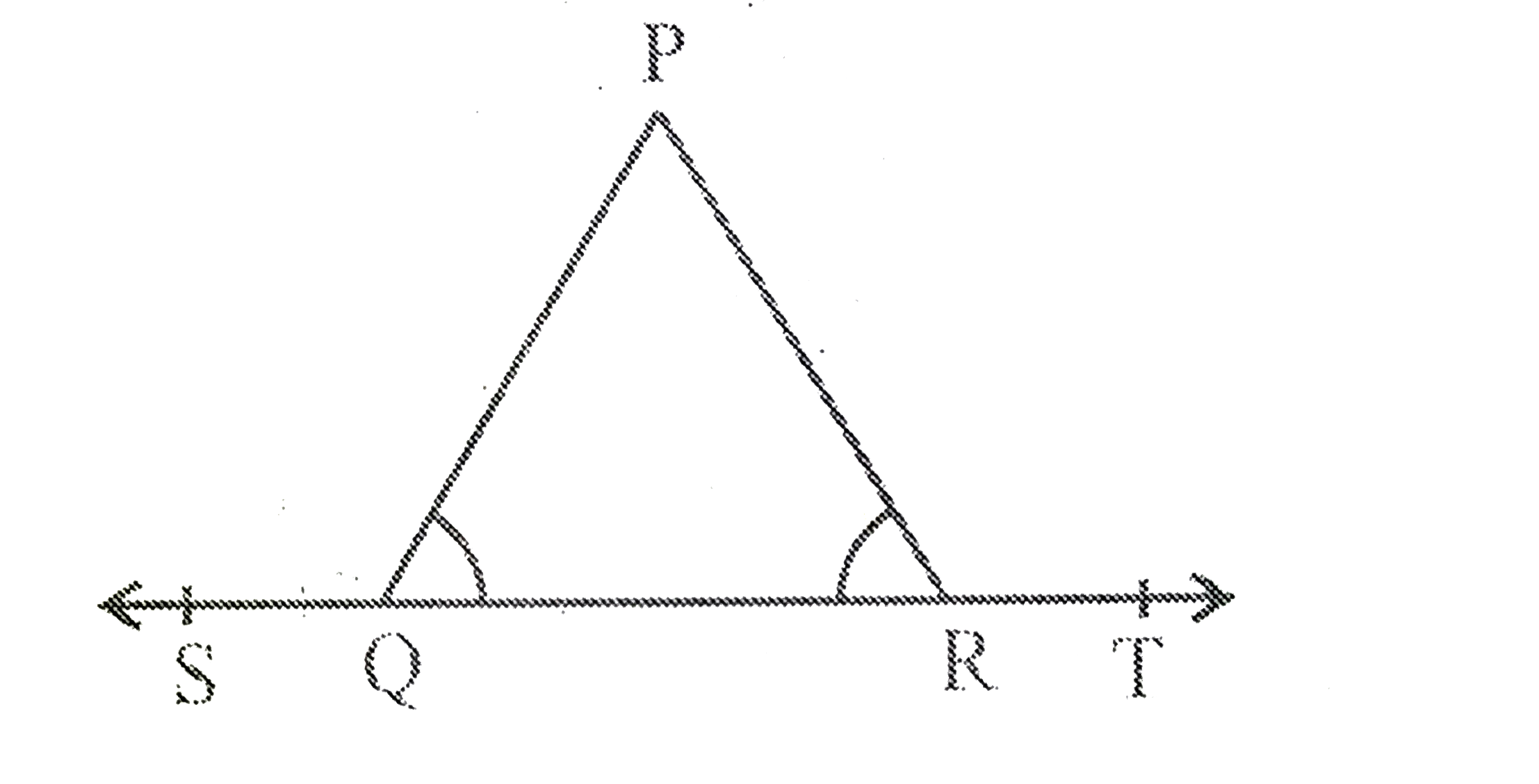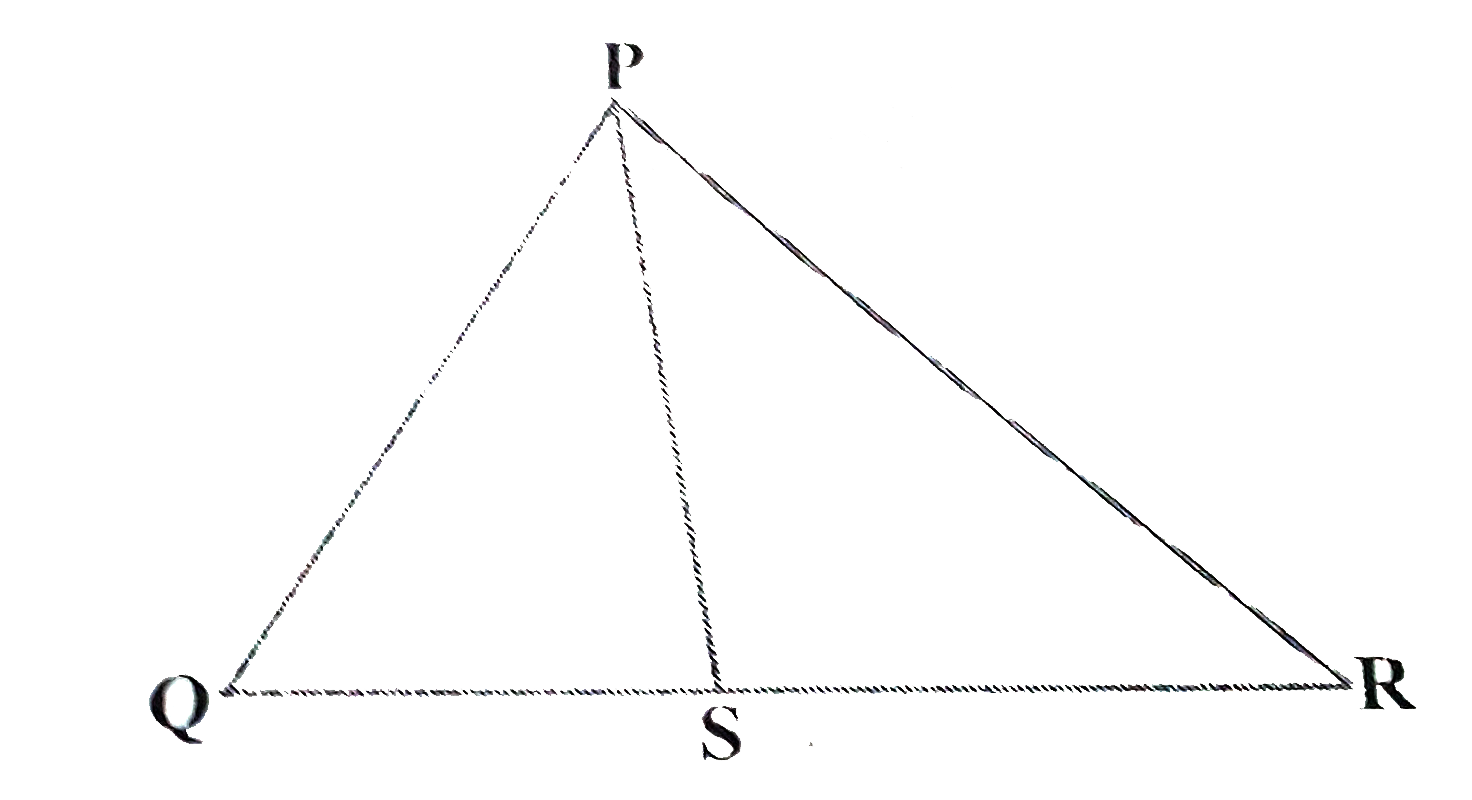if , prove that .
To prove that if p:q::r, then p:r=p2:q2, we can follow these steps:
Step 1: Understand the given ratio
We are given that p:q::r. This means that pq=qr.
Step 2: Set up the equation
From the given proportion, we can write:
pq=qr
Let this be Equation (1).
Step 3: Cross-multiply the equation
Cross-multiplying Equation (1) gives us:
p⋅r=q⋅q
or
q2=pr
Let this be Equation (2).
Step 4: Square Equation (1)
Now, we will square both sides of Equation (1):
(pq)2=(qr)2
This simplifies to:
p2q2=q2r2
Step 5: Rearranging the squared equation
From the squared equation, we can rearrange it to find p2 in terms of r2:
p2⋅r2=q4
Step 6: Substitute q2 from Equation (2)
Now, substitute q2 from Equation (2) into the squared equation:
p2⋅r2=(pr)2
Step 7: Simplify the equation
Now, we can simplify:
p2⋅r2=p2⋅r2
This confirms that the ratios are equal.
Step 8: Conclusion
Thus, we have shown that:
pr=p2q2
This means that p:r=p2:q2, which is what we needed to prove.
We are given that p:q::r. This means that pq=qr.
From the given proportion, we can write:
pq=qr
Let this be Equation (1).
Cross-multiplying Equation (1) gives us:
p⋅r=q⋅q
or
q2=pr
Let this be Equation (2).
Now, we will square both sides of Equation (1):
(pq)2=(qr)2
This simplifies to:
p2q2=q2r2
From the squared equation, we can rearrange it to find p2 in terms of r2:
p2⋅r2=q4
Now, substitute q2 from Equation (2) into the squared equation:
p2⋅r2=(pr)2
Now, we can simplify:
p2⋅r2=p2⋅r2
This confirms that the ratios are equal.
Thus, we have shown that:
pr=p2q2
This means that p:r=p2:q2, which is what we needed to prove.
Topper's Solved these Questions
- RATIO AND PROPORTION (INCLUDING PROPERTIES AND USES)BOOK - ICSECHAPTER - RATIO AND PROPORTION (INCLUDING PROPERTIES AND USES)EXERCISE - Exercise 7(D)
27 Videos
- RATIO AND PROPORTIONBOOK - ICSECHAPTER - RATIO AND PROPORTIONEXERCISE - MULTIPLE CHOICE QUESTION
61 Videos
- REFLECTION BOOK - ICSECHAPTER - REFLECTION EXERCISE - QUESTION
1 Videos
Similar Questions
if q is the mean proportional between p and r, prove that :
p2−q2+r2=q4(1p2−1q2+1r2).
View SolutionIf P + Q = R and P - Q = S, prove that R2+S2=2(P2+Q2)
View SolutionIn Fig. 4.90, if POS~ROQ , prove that PSQR . (FIGURE)
View SolutionIn Fig. 4.90, if PS∣∣QR , prove that POS~ROQ . (FIGURE)
View SolutionIf pa+qb+rc=1 and ap+bq+cr=0, then the value of p2a2+q2b2+r2c2 is:
View Solution(a) If r2=pq, show that p:q is the duplicate ratio of (p+r) : (q+r).
(b) If (p−x):(q−x) be the duplicate ratio of p:q then show that : 1p+1q=1r.
View SolutionFor p, q∈R, the roots of (p2+2)x2+2x(p+q)−2=0 are
View SolutionIn Fig. 6.15, ∠PQR=∠PRQ, then prove that ∠PQS=∠PRT.

View SolutionWithout expanding the determinant prove that: ∣∣ ∣ ∣∣0p−qp−rq−p0q−rr−pr−q0∣∣ ∣ ∣∣=0
View SolutionIn figure PS is the bisector of ∠QPRof ΔPQR. Prove that QSSR=PQPR.

View Solution
